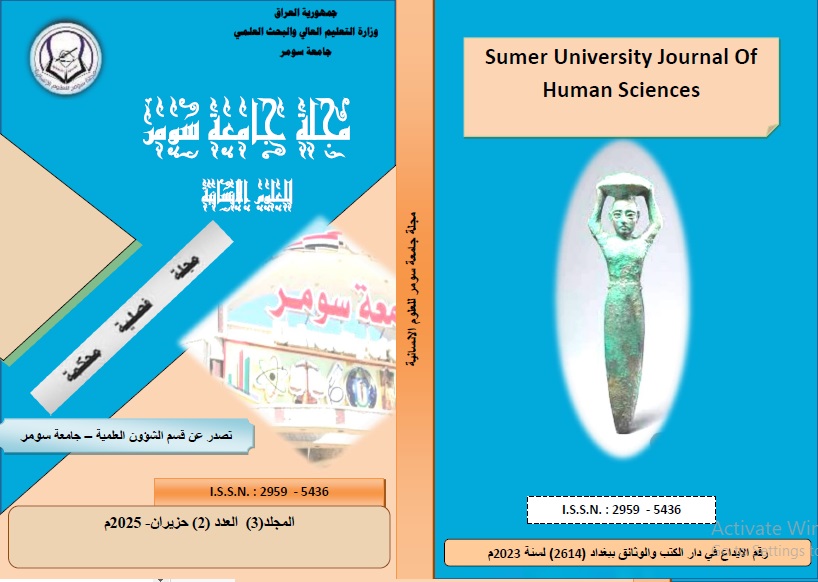Population Aging in Iraq (Reality and Challenges)
Keywords:
شيخوخة السكان، النمو السكاني، الهيكل العمري.Abstract
The study addressed the issue of population aging in Iraq and its demographic, social, and economic impacts, focusing on the expected changes in the age structure of the population by (2050). Data indicates that the proportion of the elderly in Iraq (65 years and older) will increase from 3.4% in 2023 to (7.2%) by (2050), reflecting a demographic shift toward an aging society. This shift poses significant challenges to the healthcare system, social security, and the economy, including inadequate health services, as government spending on the health sector has decreased to approximately (4.2%) of the state’s total expenditure, a weak social security system, and a lack of specialized care programs. Additionally, changes in family structure, such as the decline in the size of extended families and increased female participation in the labor market, may reduce traditional family support for the elderly. The study recommended the adoption of effective policies to address these challenges, including improving healthcare services, strengthening the social security system, and promoting the active participation of the elderly in society.


